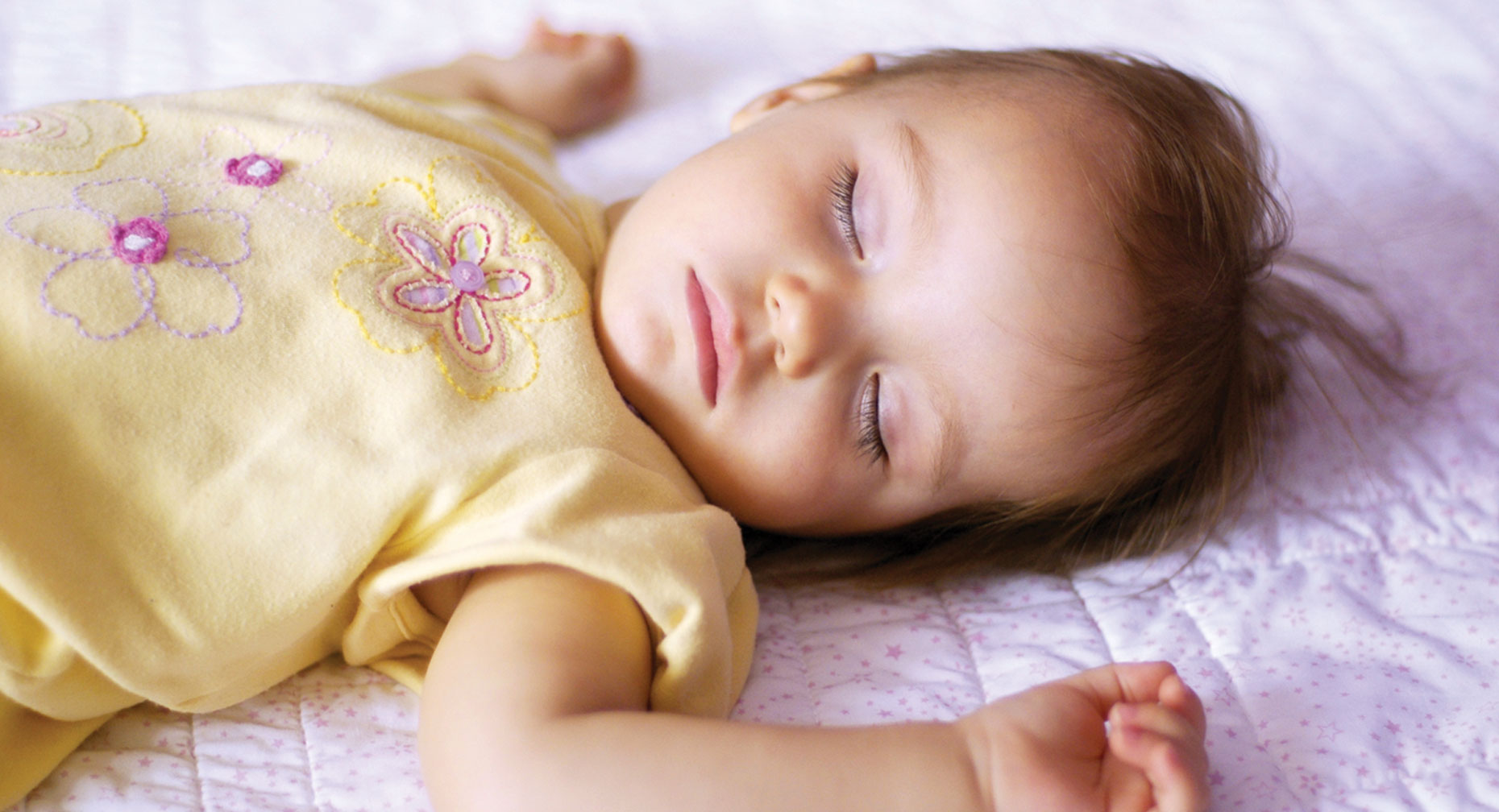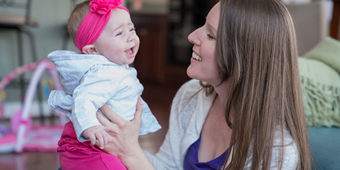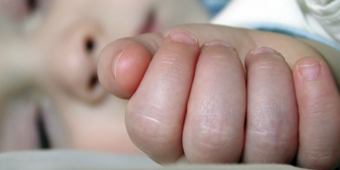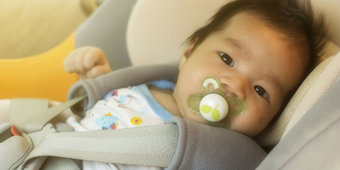What a Difference a Generation Makes: Progress in Safe Sleep for Babies

Answer a few questions and we'll provide you with a list of primary care providers that best fit your needs.
Goodnight Moon has enjoyed a secure place in bedtime rituals for several generations. Other routines of preparing babies for a good night of safe sleep, however, have undergone dramatic change in a single generation.
Safe Sleep Guidelines Backed by Results
A generation ago, in 1992, the American Academy of Pediatrics (AAP) recommended that parents and caregivers place babies on their backs to sleep. Since then, the AAP reports, deaths from sudden infant death syndrome — so named because there is no known cause — have declined dramatically, dropping from 130.3 deaths per 100,000 live births in 1990 to 39.7 in 2013.
Yet in the same period, sleep-related infant deaths have risen. These deaths involve accidental suffocation and strangulation in cribs, parents’ beds, couches and other situations.
Now, experts believe many infant deaths that were identified as SIDS were probably the tragic, accidental result of unsafe sleep practices.
Many infant deaths that were identified as SIDS were probably the tragic, accidental result of unsafe sleep practices.
Safe Sleep Recommendations 2.0
That’s why, in 2011, the AAP expanded its recommendations for safe sleep routines in a special policy statement. The AAP came out against using bumper pads in cribs. The AAP says they raise the risk of suffocation and entrapment and that there is no evidence that they prevent injuries. As for those cute cuddlies that so match the nursery decor — including pillows, blankets, quilts and stuffed animals — the AAP says to keep them out of cribs. They could suffocate your baby.

What else can help reduce the risk of SIDS and sleep-related deaths? The AAP cites breastfeeding, immunizing your baby, and following these important guidelines:
- Place your baby on her back for sleep—a reaffirmation of AAP’s original 1992 recommendation
- Share your bedroom, but not your bed. Baby can sleep in your room, in her crib, on a firm mattress. But you should never share your bed — or sleep on a couch or other chair — with your baby. Also avoid using a car seat for nap or sleep time.
- Schedule regular prenatal care
- Do not smoke during pregnancy or after birth
- Offer your baby a pacifier at nap time and bedtime
- Avoid covering your baby’s head and make sure he does not overheat
- Provide your baby supervised, awake tummy time, every day, to aid in his development and prevent flat spots from forming on his head
Answer a few questions and we'll provide you with a list of primary care providers that best fit your needs.
Source: Centers for Disease Control; American Academy of Pediatrics




